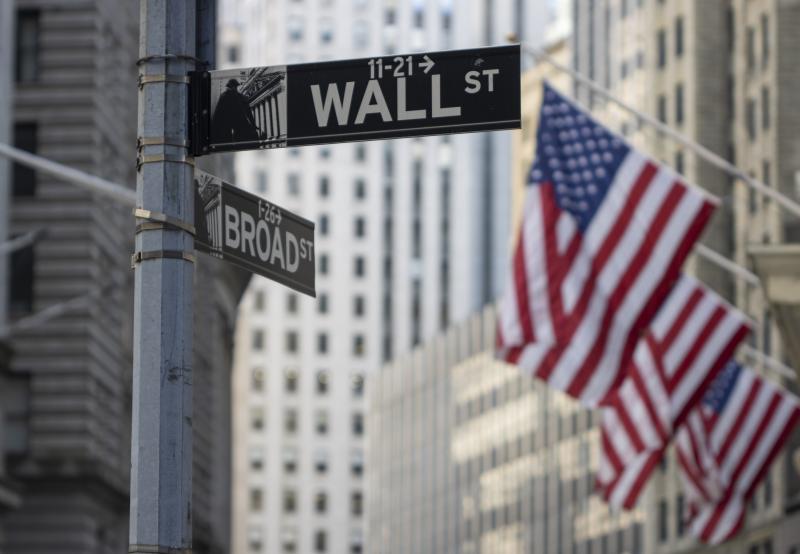Every workplace has its hazardous materials. They might be obvious ones like potentially explosive atmospheres at a refinery or at a chemical depot similar to what destroyed the waterfront of the Chinese port city of Tianjin in mid-August. Or they can be not so obvious ones like toxic cleaning solvents hiding in the janitor’s closet of an office building. Either set of conditions or materials can cause serious occupational injuries.
That’s why GardaWorld Protective Services personnel are trained to recognize these hazardous materials — both for their own safety and for the safety of our clients’ employees and suppliers, as well as the public at large. But how can they know about the many hundreds of products and chemicals used in the workplaces they protect?
Hazardous materials training. One important tool in their training is Canada’s Workplace Hazardous Materials Information System (WHMIS). Pronounced “wim-is,” this comprehensive system has three key elements: hazard classification and cautionary labelling of containers; the provision of Material Safety Data Sheets (MSDSs); and worker education and training programs.
the Quality department, who monitors our compliance to the ISO 9001 standards internally, has made WHMIS a key part of our guard training. All branches must keep and update an MSDS binder for controlled products used on the premises, although the workplaces for most of our guards are those of our clients.
That’s the reason we visit the sites of each of our new clients. We conduct an onsite hazard assessment to uncover materials and conditions that are dangerous or potentially so. This helps in two ways: it protects our guards and helps them protect your people & assets. After all, if a client workplace accident involves a hazardous material, our guards will often be among the site’s internal first responders thanks to our emergency plans.
Client site hazard analysis. A big challenge in conducting an onsite hazard assessment however’ is that often the client isn’t aware of their own hazardous materials. Or, they might not mention the existence of these materials because they don’t think them to be relevant to what areas of their facility we’re being asked to protect.
In all cases, we try to recognize and document all existing and potentially dangerous conditions, including hazardous materials, so our guards can be aware of them and know what to do if a problem with them arises. Aside from materials, other workplace hazards can include boilers, manufacturing robots, automated guided vehicles, overhead cranes, and other large mechanical. A workplace can also have radioactive hazards like a hospital, a nuclear reactor or a university quantum physics laboratory.
Proper response. “What to do” involves the advanced WHMIS training, in which they’re trained to identify hazardous materials, which are required by law to have specially marked supplier labels on them. These labels must show specific product details including what a material’s hazards are, what precautions to take in using them, and what first aid should be administered. Our guards are trained in recognizing and reading these labels, especially the eight different symbols on the labels to help identify which class of hazardous material is inside the container.
Our occupational health & safety policies are enforced and internally audited annually with a focus on our "zero incident" objective.Therefore, our security professionels learn the proper use of personal protective equipment (PPE), as applicable to the worksite they’ll be guarding. This gear can include hard hats, safety goggles, safety footwear and protective clothing, self-contained breathing apparatus (SCBA) and face shields. In some environments, this PPE is a required part of our guards’ uniforms.
If the client workplace has eyewash station and showers to wash off a chemical spill, our guards, through their training, know where those are and how to operate them. Again, that’s not only for their own sake but also in their role of protecting a client’s employees and potentially being a first responder to an accident and having to provide first aid.
Is your workplace compliant with WHMIS? Do you know what your hazardous materials are and where they are? All of them? If your company could use a professional hazard analysis, we invite you to contact a GardaWorld Protective Services representative.








